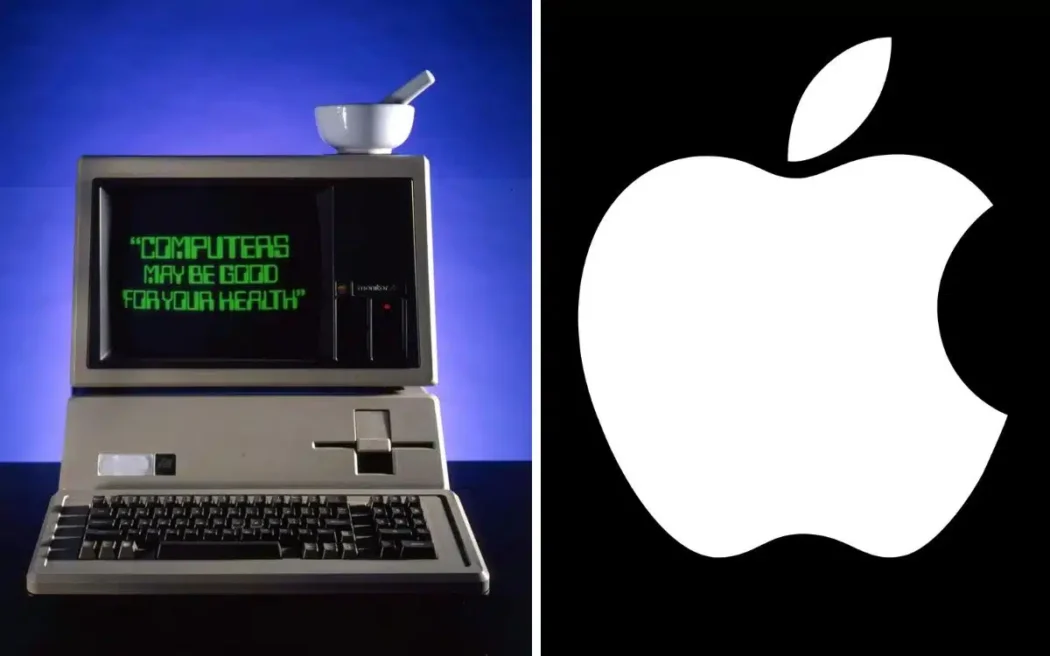Apple, known for its profitability, has a surprising candidate for its most expensive product ever made. While one might assume it to be the immensely popular iPhone, the title goes to a rather unexpected contender.
Despite the 2023 Mac Pro’s hefty price tag of $7,500 and the 2015 Apple Watch Gold costing a whopping $17,000, these don’t claim the top spot for the most expensive Apple product ever made.

To unveil the real champion, a journey into Apple’s three-decade history is essential. Apple has consistently pursued a strategy of releasing high-end and innovative tech, emphasizing both innovation and quality.
Surprisingly, it’s the 1980 Apple III that takes the crown as the most expensive Apple product. Priced at $8,000 back then (adjusted to $26,230 for inflation), this computer was unveiled at the National Computer Conference in California on May 19, 1980.
The Apple III was a significant departure for Apple, being the first computer designed by the company. Positioned as a solution for modern business users in the 1980s, it followed the Apple II series. Unfortunately, due to design flaws, similar to the issues faced by the iPhone 15 and its updates in 2023, the Apple III turned out to be a commercial failure.

This setback served as a learning experience for Apple’s CEO, Steve Jobs. The entire series, spanning from Apple II to Apple III and Apple III+, was discontinued in 1985 after selling only 65,000 units.
Weighing approximately 11.3 kg, the Apple III was far from a portable device for daily commutes. Equipped with a Synertek 6502A processor, a built-in 5.25-inch floppy disk drive, and four expansion slots, it showcased Apple’s commitment to innovation. The computer featured Apple’s Sophisticated Operating System (SOS) at 2 MHz with 128k of memory, expandable to 512 KB at an additional cost.
The typewriter-style keyboard of the Apple III marked a departure from the teletype-style keyboard of the Apple II. Its launch coincided with the entry of International Business Machines (IBM) into the personal home computer market, using the MS-DOS operating system, later associated with Microsoft and Bill Gates. Interestingly, the competing product from IBM, powered by Gates’ software, outsold the Apple III in a mere four months what the Apple III sold in its five-year production run.





